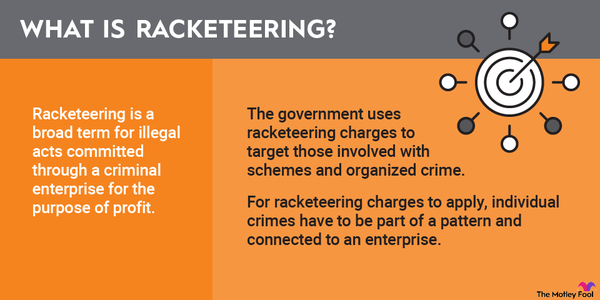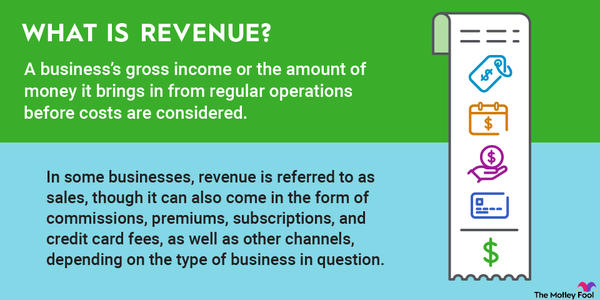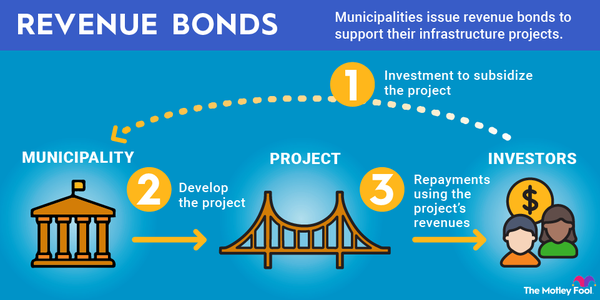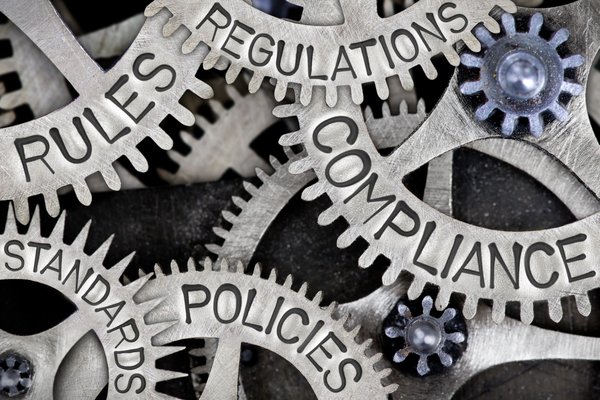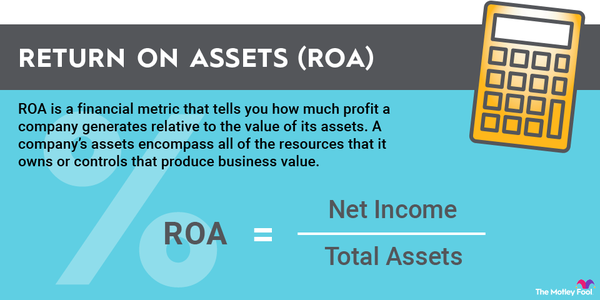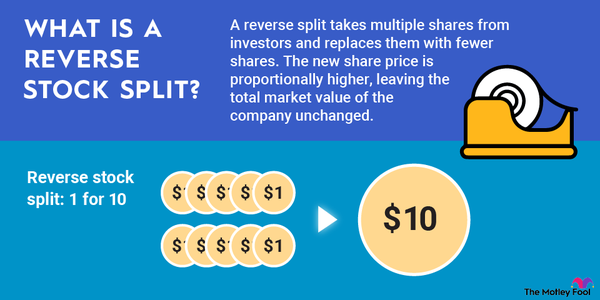A rental property is a real estate asset owned by an investor or investors and leased to one or more tenants. A rental property is typically an investment used to generate rental income. Rental properties have many other advantages for their owners as well as tenants.
Here’s a closer look at rental properties, why they are important, some of their pros and cons, and an example.
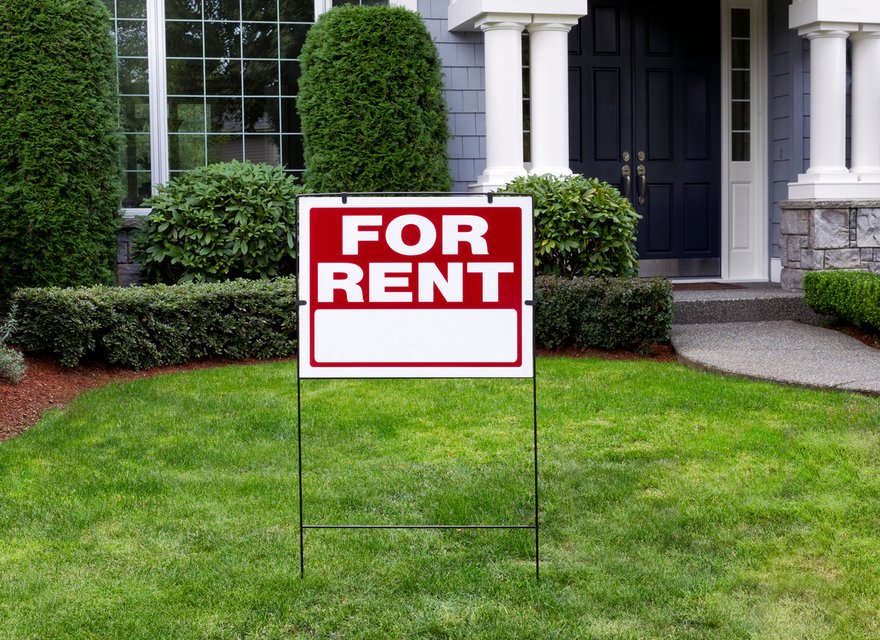
Definition
Understanding rental properties
A rental property is a real estate asset owned by investors (either individually, through a limited partnership, or an entity like a real estate investment trust). The owner or landlord leases their property to a tenant or tenants. Rental properties are financial assets that generate rental income for their owners. In addition to the passive rental income, rental properties provide investors with tax benefits and the potential for price appreciation as the value of their real estate investment grows.
There are two different types of rental properties: residential rental properties and commercial real estate. A residential rental property is any type of residence owned by an investor or entity for the purpose of generating rental income. Examples of residential rental properties include single-family rental homes, apartment buildings, manufactured home communities, student housing, senior living communities, and vacation rentals.
Commercial rental properties are real estate owned by investors and leased to other companies or individuals for business purposes. Examples of commercial rental properties include office buildings, retail stores, warehouses, self-storage properties, and mixed-use buildings.
Why they are important
Why rental properties are important
Rental properties are vital for a thriving society. They provide benefits for tenants and landlords. Tenants benefit from a reduced financial burden and greater flexibility. For example, it is expensive to buy a home. A prospective home buyer needs to save up enough money for a down payment, closing costs, and any needed repairs for the home. They also need good credit to qualify for a mortgage. On the other hand, a renter generally only needs a security deposit and a fair credit score to get into a new apartment. Meanwhile, the tenant has the flexibility to move after their lease expires, while the homeowner needs to sell their property, which can take time, depending on market conditions.
Rental properties are also important for businesses. A small business owner might not have the financial capital to buy a commercial property with the space they need to grow their business. However, they can work with a landlord to lease a property with more space to meet their needs. Once they outgrow the space, they can move to another location.
Landlords also reap many benefits from owning rental properties. It enables them to put capital to work and generate a return on their investment. That return comes in the form of passive rental income, appreciation as the value of their rental properties rises, and tax benefits.
Pros and cons
What are some of the pros and cons of a rental property?
Rental property investments have their share of benefits and drawbacks. Some of the pros of owning a rental property include:
- Tax benefits: Investors can deduct ordinary and necessary expenses, improvements, and depreciation. Investors can also benefit from deferring capital gains on a rental property sale through a 1031 exchange.
- Income: Rental properties generate passive income as tenants make their rental payments.
- Inflation protection: Real estate values tend to rise at a rate that at least matches inflation. In addition, landlords can typically raise rents at a rate that matches or exceeds the annual inflation rate.
- Value appreciation: Rental property values tend to rise over time, often at a greater rate than their inflation-protected growth.
- Usage: Landlords can use certain rental properties when vacant, such as a vacation property.
However, owning rental properties also has its cons:
- Tenant issues: A tenant might not be able to make their rental payment if they experience financial stress. They also might cause problems like being disruptive to other tenants, damaging the property, or paying rent late.
- Property expenses: Rental properties have many costs associated with them. While landlords can deduct these costs, they might be higher than expected. For example, the property might have a lot of maintenance issues, or the property taxes and insurance premiums can increase more than expected.
- Vacancies: It can take time to find the rent tenant to fill a vacant property. Vacancies are costly because the property still incurs expenses while not generating any income.
- An Illiquid asset: Real estate isn’t liquid, meaning an investor can’t easily sell it if they need the cash for an emergency or other expense. It can take several months to sell a rental property if a landlord wants to get out of having to deal with continued tenant troubles. They also might not sell the property at a profit if the real estate market experiences a downturn.
Related investing topics
Example
A rental property example
Many people own rental properties to generate passive income from real estate. That income can help offset their living expenses.
For example, a couple purchased a well-located townhome a few years ago. After living in the property for a while, they decide they need more space and buy a single-family home. Instead of selling the townhome, they decided to turn it into a rental property. They hire a property manager who finds a well-qualified tenant to lease the property. The property manager handles any tenant issues while the couple receives a payment each month that’s more than enough to cover their mortgage on the property and other expenses. They use the passive income they earn to offset some of the costs of their new home.


